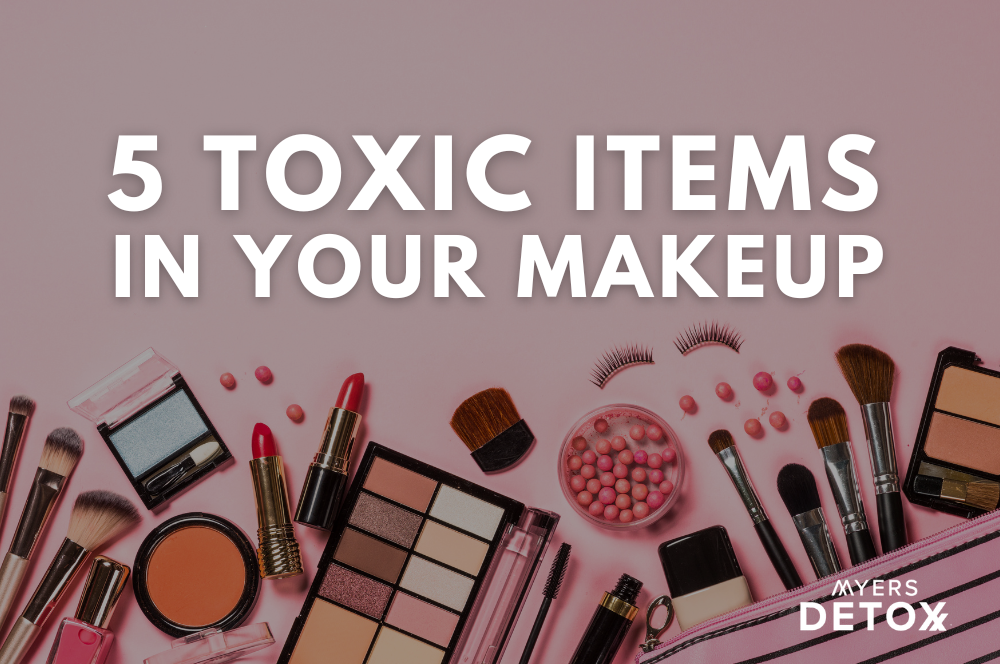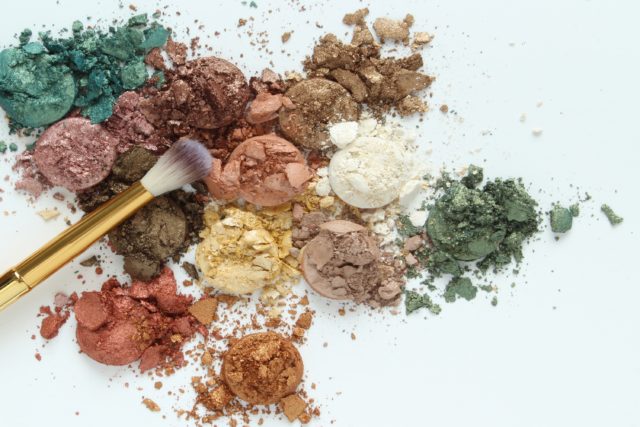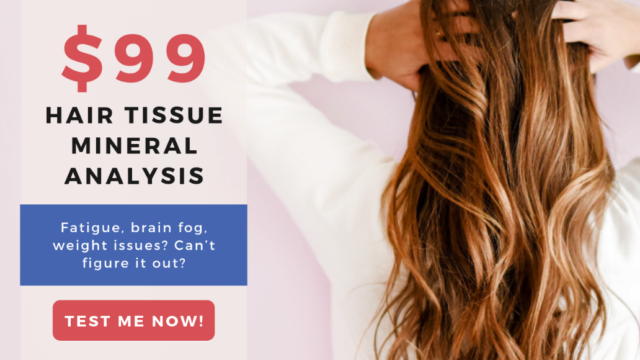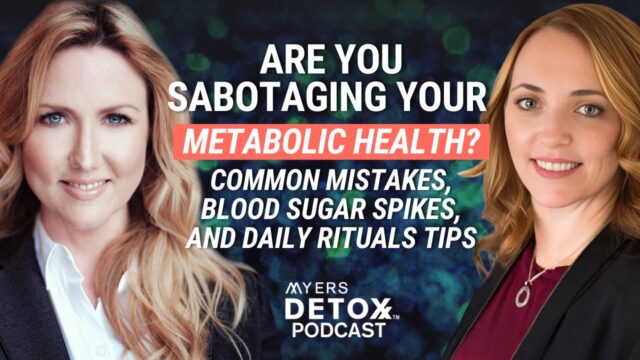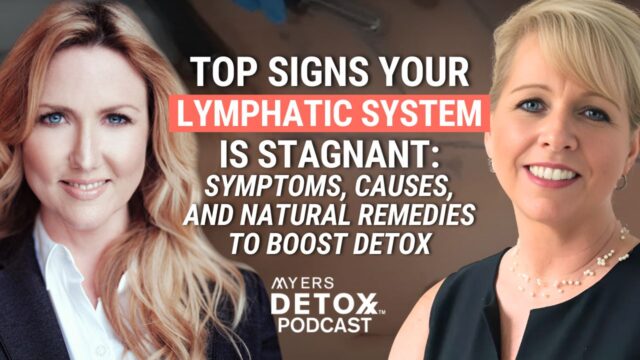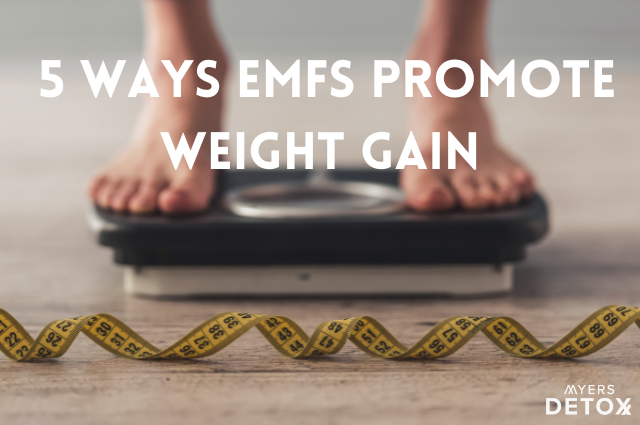Are there toxic items lurking in your makeup bag? Let’s take a look…
Heavy metals are one of the most ubiquitous toxins in our environment today. While these elements have existed in our earth’s crust long before humans ever existed, today, they are seeping into our soil, water, and air supply – and, ultimately, our bodies.
For many people, the concept of heavy metal toxicity still feels like a bridge away. Maybe you use a high-quality water filter and only purchase organic vegetables grown on local farms. These are fantastic practices, but unfortunately, it’s just not enough to save you from the threat of heavy metals.
One of the lesser talked about sources of metal toxicity is personal care – specifically makeup. That’s right, those cosmetics you use every single day could be a potent source of heavy metals.
In this article, you’ll learn:
- Why metal absorption through the skin may be even more dangerous than through digestion
- How even the most “natural” ingredients may be contaminated with heavy metals
- Why some brands intentional add heavy metals to their products
- The detrimental health effects that your daily makeup routine may lead to
- My favorite safe makeup brand
- The one thing you must do to assess your current heavy metal load
The Problem With Metals In Your Makeup
Heavy metals are toxic compounds that are associated with a wide range of health issues, impacting almost every system in your body[1].
Many people believe that as long as you’re not ingesting them, heavy metals can’t harm your health. This is a huge misconception – your skin is actually highly efficient at absorbing chemicals.
In fact, dermal absorption may be just as dangerous (if not more so) than intestinal absorption.
In your gut, you have natural processes that block the absorption of toxins. First, your gut barrier is formed with “tight junctions,” which physically block the absorption of unwanted compounds. If toxins get past this layer, the cells that line your gut also come equipped with detoxification systems that serve as a chemical barrier[2].
Unfortunately, this is not the case for your skin, meaning whatever can make it past the dermal layer could easily find its way into your bloodstream and systemic circulation.
But the question remains, how exactly do metals get into your makeup in the first place?
In some cases, metals can get incorporated as contaminants as part of the manufacturing process. Every ingredient (even the natural ones) has the potential of coming into the manufacturing facility contaminated with heavy metals and other toxins. In most cases, the brands producing these products don’t even realize that their ingredients contain heavy metals.

Other companies use minerals as colorants, which may seem like a natural way to go, but where do you think these raw materials are coming from? That’s right, the earth’s crust. This adds yet another source of metals to your makeup bag.
For most people, the use of that makeup bag is akin to their toothbrush and toothpaste – it’s an everyday affair. This means that every day you could be exposing yourself to trace amounts of toxins which, over time, will build up in your system. While your liver is an incredible organ, there really is only so much it can do to protect you against toxins when the toxic assault is happening so consistently[3].
So, without further ado, let’s take a look at some of the potential heavy metals hiding in your makeup case.
5 Common Makeup Items Most Likely to Contain Heavy Metals
While almost all cosmetics have the potential to contain heavy metals, below are the culprits to be most wary of. These are common makeup items that many women use daily.
#1 Lipstick
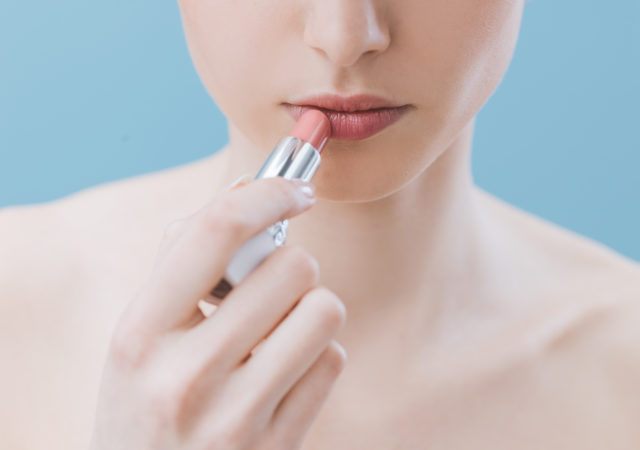
When it comes to heavy metals, your tube of lipstick may be the worst offender of them all. Up until 2007, the rumors that lipstick contained lead were largely unfounded. That is until the Campaign For Safe Cosmetics conducted their now-famous study, A Poison Kiss, which examined some of the most popular lipstick brands on the market.
In A Poison Kiss, the investigators found that 61% of the lipsticks tested contained lead at levels up to 0.65 parts per million, with lipstick products ranging from L’Oreal and Cover Girl to more expensive brands like Dior.
Two years after the Campaign for Safe Cosmetics conducted their study, the FDA conducted a follow-up study which showed 100% of the lipstick samples containing lead at levels ranging from 0.09 to 3.06 pm – that’s four times higher than those found in the original study.
It’s important to note that there is no safe level of lead, so any amount at all should be enough to be considered toxic.
Some of the health concerns of lead toxicity include[4][5]:
- Neurotoxicity: learning, language, and behavioral problems.
- Reduced fertility in both men and women
- Hormonal changes and menstrual irregularities
- Hypertension
- Immunotoxicity
- Organ system toxicity
Lipstick is also of particular concern because it is not only applied to your skin, but it sits on the doorway to your mouth. While you may not realize it, you’re likely swallowing a good portion of the lipstick that you apply each day.
#2 Foundation

Another common culprit of heavy metal contamination is your foundation.
Foundation is by far the most commonly used makeup item. Even if you’re just heading out for the day and don’t want to “put on your face,” you’ll still make sure you get a nice foundation going to clear up any blemishes and even out your skin tone. Many women also use their foundation as their sunscreen, making this item twice as important.
Unfortunately, many of the foundations out there contain levels of cadmium and nickel.
Cadmium is known to target several systems in the body, including:
- Cardiovascular
- Neurological
- Reproductive
- Respiratory
- And renal
While standards for cosmetics in Japan and European Commission prohibit the use of cadmium compounds in cosmetics, the US currently has no standards[6].
Nickel is a common contaminant of iron oxides, which are often used in foundations to impart a yellowish/brown color. While many people have skin reactions to nickel, the real danger of this heavy metal is its estrogen-like activity. In fact, both nickel and cadmium have been studied for their potential to mimic estrogen and therefore disrupt endocrine function[7][8].
#3 Skin Whitening Creams
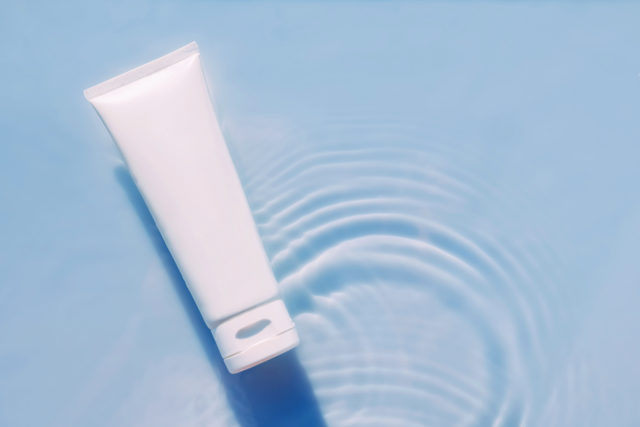
Skin whitening creams help to even out skin tone and clear away aging spots, acne scars, and all other types of discoloration. In general, skin whitening creams work by reducing a pigmentation called melanin in your skin.
One of the ways in which manufacturers achieve their goal of reducing melanin production is by adding chemicals that inhibit this pigment’s formation. One such chemical is the heavy metal mercury[9].
The FDA does not allow mercury to be intentionally added to cosmetics, but manufacturers can slip through the cracks. Furthermore, many skin whitening creams containing mercury are manufactured abroad and then sold in the US[10].
Mercury is a known neurotoxin that can produce a range of health issues, including[11]:
- Loss of peripheral vision
- Lack of coordination of movements
- Muscle weakness
- Impaired speech and hearing
- Emotional changes (irritability, mood swings, nervousness)
- Neuromuscular changes (weakness, twitching)
- Headaches
- Insomnia
- Tremors
- And more
While most of the above symptoms occur only in the case of high doses of mercury, if you’re using cosmetics daily, the small amount in your products can quickly build up and become harmful.
#4 Eyeshadow
Eyeshadow is the perfect example of a makeup item that contains heavy metals due to the contamination of one of its primary ingredients – talc.
Talc is a mined mineral that’s commonly used in eye shadow and other powdered formulations to prevent caking, absorb moisture, add a smooth finish, and make makeup more opaque[12].
Since it’s mined from the earth, talc often comes with a host of heavy metal contaminants, including cadmium, cobalt, copper, and nickel. Unless companies are doing their due diligence to filter out any impurities, most talc-containing products will be loaded with metals.
In one study, researchers tested 88 different eye shadows for heavy metals and found that 75% of the products tested contained at least 5 ppm of one or more heavy metals[13].
#5 Eyeliner
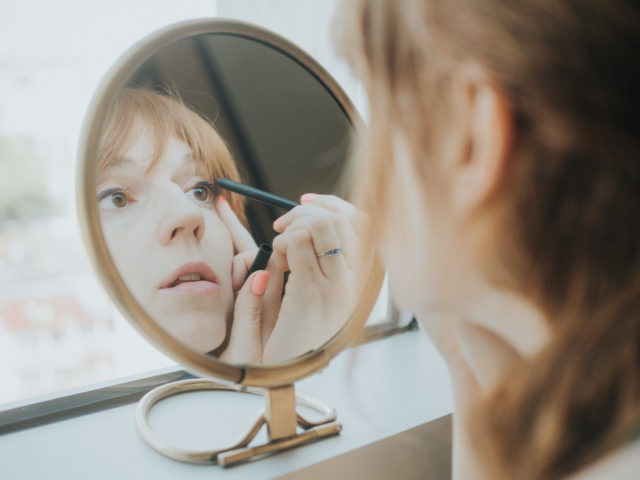
Eyeliner is another tricky culprit, as you typically only use a small amount, but when applied daily can contribute a significant dose of heavy metals.
In addition to lead, research shows that eyeliner may also contain aluminum. In fact, some manufacturers intentionally use aluminum to add color to their eyeliners[14].
Aluminum is highly toxic to humans; once in circulation, it produces oxidative stress and inflammation, impacting several systems in your body, including[15]:
- Reproduction
- Nervous system function
- Bone health
- Respiratory health
- Immunity
- Breast health
- Urinary and bladder function
- Endocrine health
- And liver function
Many natural brands are now taking care to remove aluminum from their products. The best example of this is the shift towards aluminum-free antiperspirants. The problem with cosmetics is that many companies aren’t testing for aluminum, and therefore they may very well be unaware of the contamination in their products.
What Can You Do To Avoid Heavy Metals In Makeup?
Typically, choosing natural brands for cosmetics is the simplest way to make sure that your products are safe. However, when it comes to heavy metals you have to go a step further.
Since heavy metals come from the earth, many natural ingredients are already contaminated with these toxins. This is why you must go beyond the ingredients and get to know the companies you’re purchasing your products from.
A great resource for safe cosmetics is the EWGs (Environmental Working Group) Skin Deep Database Skin Deep Database. This database will provide you with a score that tells you generally how safe your product is and what potential contaminants it contains.
If you’re like most people and you’ve been using potentially toxic cosmetics for years, it may be time for a hair mineral analysis (HTMA). An HTMA will provide all the information you need to assess the current levels of heavy metals in your body, along with other mineral levels.
I recommend doing an HTMA regularly to stay on top of your potential toxin exposure. The unfortunate fact is that in addition to our personal care products, our water, soil, and even the air we breathe are potential sources of heavy metals. It may be nearly impossible to avoid metals altogether, but you can stay on top of your exposure and take steps to eliminate any metal accumulation.
Takeaway
Heavy metals are a natural part of our earth’s crust, but today they’re spreading into our environment at a rate that we’ve never seen before. Many makeup manufacturers have no idea that the products they’re selling are toxic, so it’s up to you to protect your own health by choosing and supporting brands that take the time to source their ingredients safely.
Use resources like the EWGs Skin Deep Database. And if you haven’t checked your heavy metal status in a while, be sure to order an HTMA to assess your levels.
*Please note that A Hair Mineral Analysis (HTMA) is not intended to diagnose, treat, cure, reverse, or prevent any disease. It is not intended to replace any other medical test(s) that may be prescribed by your medical doctor.


